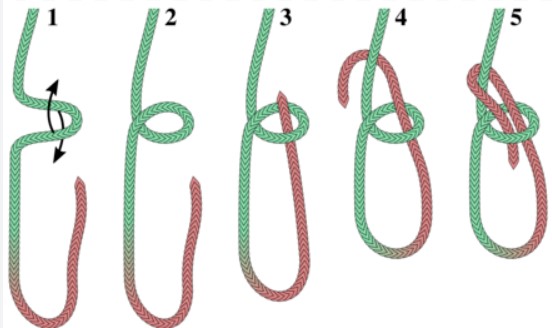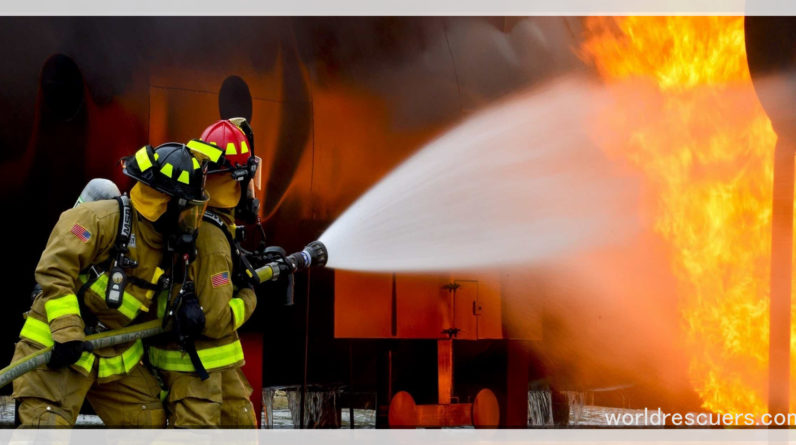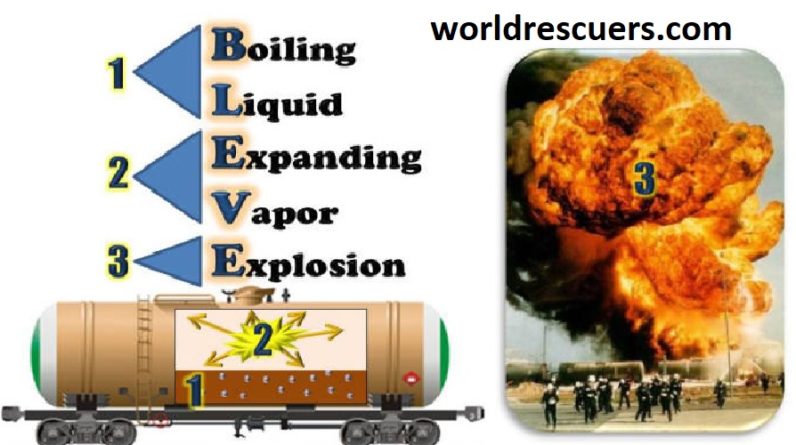
Education the Way Forward
Outline
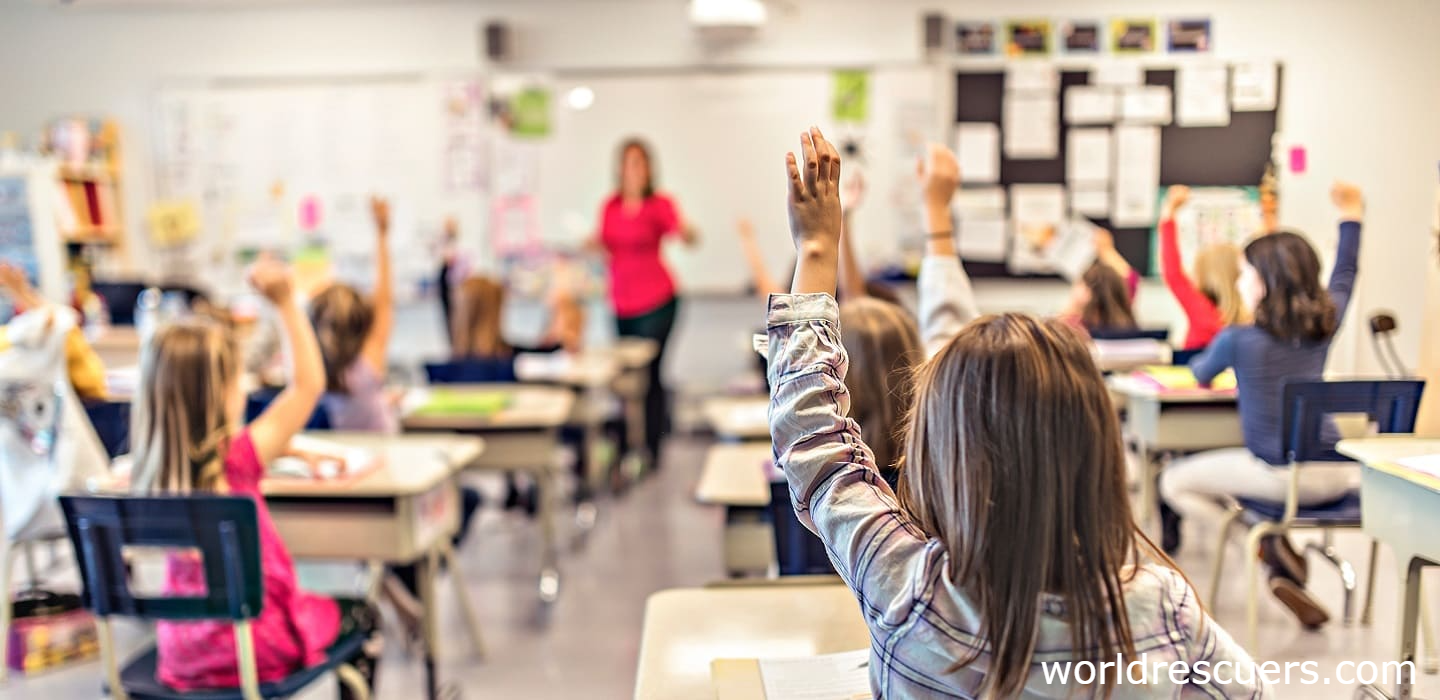
1- Introduction
2- Defining education along with different types
Primary education
Secondary education
Higher education
3- Global overview of education
Japanese education system
The educational outcomes of the American educational system
The educational status of under-developing countries
Pakistan education system
4- Causes of poor performance or outcome of Pakistani
Existence of three parallel education systems
Public school system
The elite or private school system
5- Madrasahs system
Lack of long-term educational policy making
Outdated non-skilled yielding content of the Pakistani education system
6- The way forward for the Pakistani education system
Provision of an equal level playing field to the students without any discrimination
True implementation of a single National Curriculum
Effective and long-term policy-making to shorter the gap between quality and quantity education.
Upgradation of teaching methods through professional training of teachers
True implementation of the “ adopt a school” system policy
Revision of the content of textbooks with new aims
Emphasis on skill-based programs
Stopping the phenomenon of brain drain
7- Conclusion
Worldwide, more than one-third of all children never reach secondary grades. As a result, about one-sixth of the world’s population cannot read and write. The developed countries Japan, the United States of America, the United Kingdom, etc. have better education systems as compared to the developing countries. However, the social and political dynamics of each nation are different. The hurdles in the desired outcome of the Pakistani educational system are much different from those of the developed Nations.
The Pakistani education system is badly affected by the religious and political agents who project the tunnel vision of religion during teaching and even preaching. Education can be defined in the following ways along with its different types.
Education is the process of giving or taking formal instruction to achieve a set specific goal. As almost all education has a political motive of a certain group; social or political or even religious, to counter the other group. In a similar way, every nation has its; political goals, religious aims and beliefs social standards, and aims to promote Nationalism. The nations designed the content in accordance with desired goals that they want in their Nationals.
Primary, Secondary, and Higher Education
Education is generally classified into primary, secondary, and higher education. Primary education is the basic level of formal education in primary or elementary schools. Secondary education begins with 6 years of primary education and is followed by higher education or vocational education. Any education provided after secondary school is termed higher education. Globally different Nations have different education systems, as discussed below.
The Japanese education system has no long history. As initially there was no formal education to make the Japanese National Civilized. Later on, Japan developed an education system that focused on obligations to family in its early grades. They have a very difficult testing system to assess the competency of students with the purpose to assign different professions. This is the reason Japan has more graduates from high school (95%) even more than the USA (87%). The strict criteria and procedures of the Japanese education system are yielding genius scientists and mathematics.
The US Education System
The United States of America was the 1st one to set the goal of mass education. Today, 86.7 percent of Americans have completed their high school degrees. The US education system is shaped by both the elite standard living lass and the democratic class. The addresses the issue of each class and is unique in nature. This is the reason that today; America has outstanding records of higher education for its people.
All lower-income countries have one trait in common when it comes to schooling: there is not much of it. According to the World Bank report 2011, in the world’s poorest nation, about one-fourth of all children never get to school.
Similarly, 23 million children are out of school in Pakistan. This is the second highest number in the world in spite of having the world’s largest externally funded education programs since 2001. The educational budget of the country is also increasing annually by about 18 percent. Progress, in the education sector of the South Asian region, Pakistan has the lowest educational outcomes except for Afghanistan. Halves of Pakistani nationals are illiterately resulting in economic hurdles. The education system having about 16.5 million schools is in the worst condition with 10% of schools without building and 45% without boundary walls.
The chronic causes of the hurdles to the desired outcomes of the Pakistani education system are broadly addressed here as choking in the main line.
Parallel Education Systems
The first and chronic one is the existence of three parallel education systems in the country. The public and non-elite schools are educating the people of the poor and middle class. This set the education system has limited resources and facilities. Graduates of the public school system have a very basic startup and are therefore unable to enjoy the desired outcomes of the education system.
The Madrasah-based Education System
The next type of education system is a private school based purely designed for the elite class citizens the people of this class have a fantastic startup and enjoyed all the fruitful outcomes of the Pakistanis education system. The other education system that does exist in marginalized societies to accommodate the children of neglected community member-poor, is the madrasah-based education system. This system only injects the tunnel vision of religion. The children are not allowed to learn science or English in this system of education. These three different types of Pakistani education systems are badly causing societal differences.
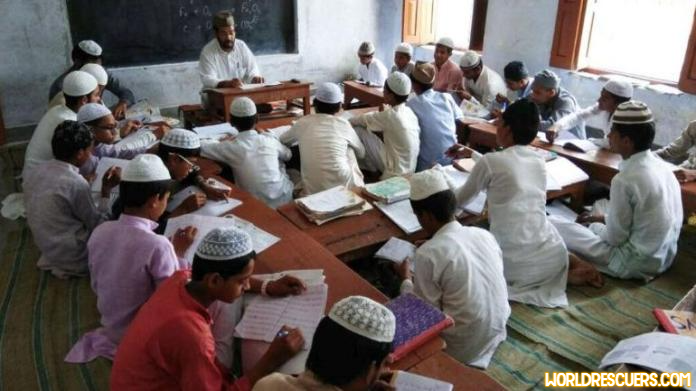
Despite uniting the nation at the center point these are causing divergence in the educational system. Education is double damaged sword which may cause harm to society when hurdles feel alienated from his/ her basic rights. These systems of education also sow ideological differences.
The lack of long-term educational policy-making
The other reason is the lack of long-term educational policy-making. The political influences after government changes caused a loss in the educational sector. The political parties caused the discontinuity of educational policies and programs. For example discontinuity of scholarship programs etc. the long-term planning of educational improvement programs and development may prove to be very productive, but the unavailability of this is causing large damage to students and the education sector. The causes are not limited to the mechanical or policy factors, they are also linked with the content which is going to be taught to the students.
In addition to these causes, the content which is being taught to the children was designed and developed in 1980, with aim of Islamisation. Moreover, the content is now too outdated that it cannot produce skilled graduates. Skilled-based education is the need of the hour to complete this modern developed global world. This content is also a serious hurdle in the delivery of desired outcomes of the Pakistani education system.
Pakistani Education System
The desired outcomes from the Pakistani education system can be achieved by adopting some direly needed measures. These measures should be taken and implemented by considering the demographical features of each area. The residents of remote areas have a different way of life but are supposed to compete with the students of the same grade sitting in developed cities of Pakistan. This is unfair as grounds for both groups of students are not equal. Therefore all students should be provided an equal level of playing field by ensuring equal startup. There should be no discrimination among students neither on the basis of color, or caste nor on the basis of socioeconomic status. This uniformity will catalyze the education system to yield the desired outcomes.
In addition to this measure, the existing three parallel education systems having non-synchronized goals also need to be synchronized with states’ goals. The content that is being taught to the people should be reviewed and uniform content approved by the state should be implemented. Fortunately, Pakistan has alone this measure by approving a single National curriculum with all the contents and to have the desired goals. True implementation with the elimination of all hurdles is also required on a priority basis. The issues related to this curriculum can be addressed at a table by inviting all stakeholders.
Quality Education and Quantity Education
Moreover, the precedent lag between quality education and quantity education, which is increasing with the passage of time, should be shorter by adopting long-term policies. The policies, for capacity enhancement, should be politically secured with no or very minimal political influences in the upcoming days. The long-term policy measure gives the required outcomes. The neglected rural areas should be included in the policies with special attention. The infrastructure along with human resources in rural Sindh and in Balochistan rural areas. Monitoring policies may have a way to achieve the desired goals from the existing educational setup.
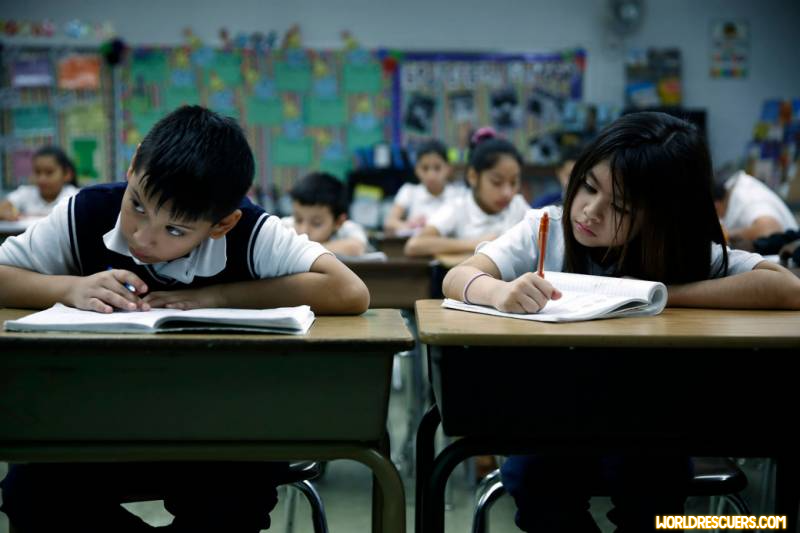
Along with long-term policies, the capacity building of educational professionals with the length of service is also direly needed. The world is changing day by day and creating new challenges in the daily life of human beings. The teaching methods are now outdated as they are not utilizing audio or video visual aids in public primary and even secondary schools. The on-duty educational professionals are not able to operate them if they are provided with these said audio and video visual aids. Therefore, this hurdle also required special attention to make the learning process more effective.
Adopting a School
In parallel to these, said measure the concerned governments should refocus on the policy of “Adopting a school”. The policy allows the local individual to adopt any public school on the same effective and fruitful terms and conditions. The main hurdle in the process is bureaucracy resulting in the ineffectiveness of the policy. Special attention may restore this process which would reduce the burden on the education department and enhance the quality as well as quantity of education.
Furthermore, the educational content; either primary, secondary or higher level, that is in practice was designed in the 1980s. The aim and goals of the state at that time were purely different than the goals and objectives of today. The content was then designed to enhance Islamisation. Is not intended to make this content liberal but it should be redesigned to eliminate extremism and hate. The content with major goals of tolerance, peace, and skilled-based education is the need of hours for the growth of Pakistan. The world is advancing to skill-based education rather than memorizing the educational system.
Technical Education Programs
Although, the education system has introduced Technical education programs through Technical Education and Vocational Training (TEVTA). The effectiveness Is not up to the mark due to a wide gap between local industry and the said authority. A proper effective liaison between various sectors and the said authority may produce the required results in the form of skilled professionals. The textile automotive, chemical, and pesticide sectors required skilled professionals to run routine production and regular process.
Above all health, safety and environmental courses remained in high demand in foreign countries. Pakistan has a very good record regarding sending skilled labor to Middle East countries, but some unfortunate terrorist incidents have badly deteriorated the image of Pakistan in foreign states. This has resulted in the unemployment of young skilled laborers. An energetic fresh start to develop an effective liaison may yield the required results to start and boost the local industries and above all to improve the education system.
Stop the Brain Drain Phenomenon
The last but not the least measure that required special attention is to stop the Brain Drain phenomenon which is seriously affecting the economy as well as the educational system. The brain drain index of Pakistan is 5.9 which is higher than the global index of 5.2. Most highly educated skilled professionals to prefer to go abroad to seek good employment. As they felt alienated from the suitable deserving professional jobs in accordance to their education or skill in Pakistan. This process should be stopped by providing them the good opportunities in the industrial as well as educational sectors. This in return will cause to flourish industries and the education system.
The Global Education System
In a nutshell, the global education system is updating with changing and developing world. The Pakistani education system may flourish to yield the desired outcomes by adopting long-term policy decisions and changing or reversing the content producing skilled professionals and graduates.
The up gradation and capacity building of the education department is the need of the hour. The professional training of the concerned teachers depending upon the length of the service and language expertise can also boost the required outcomes. The elimination of three parallel education systems by replacing them with a single education system is guaranteeing the progress of Pakistan.

Hi, I am John Smit a Captain in Fire Department City of Newyork with over years of experience in the field of Firefighting and HSE. My passion for fire safety started when I was a young boy and witnessed a neighbor’s house go up in flames along with precious lives. Since then, I had dedicated my life to ensuring the safety of buildings, properties, and individuals in case of a fire and medical emergencies.

